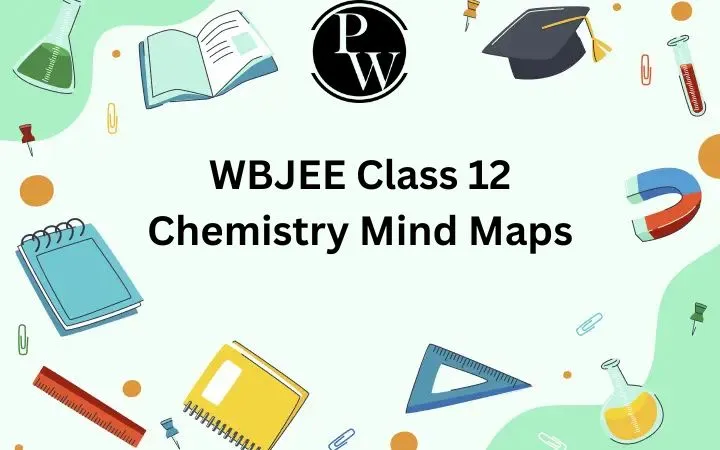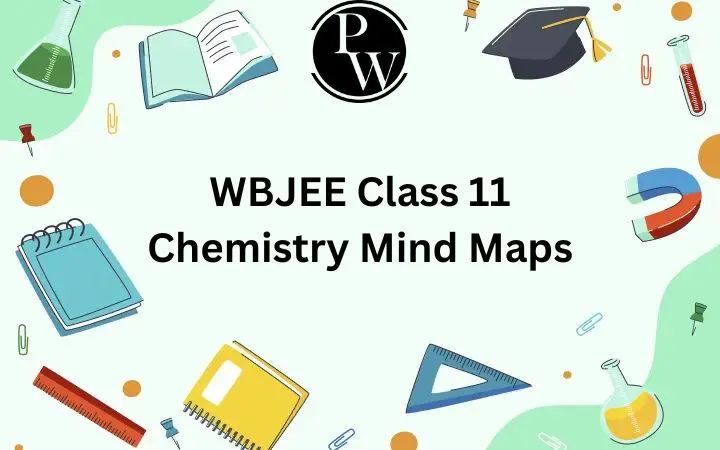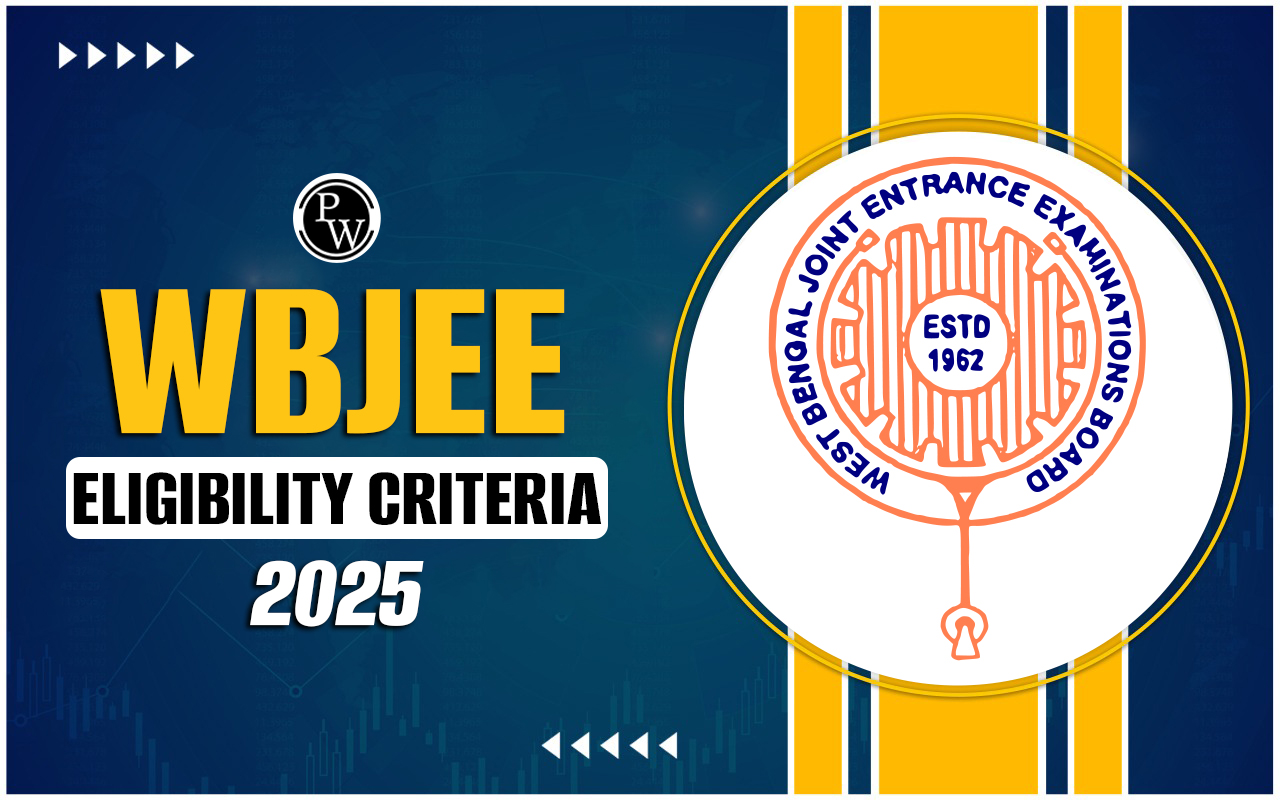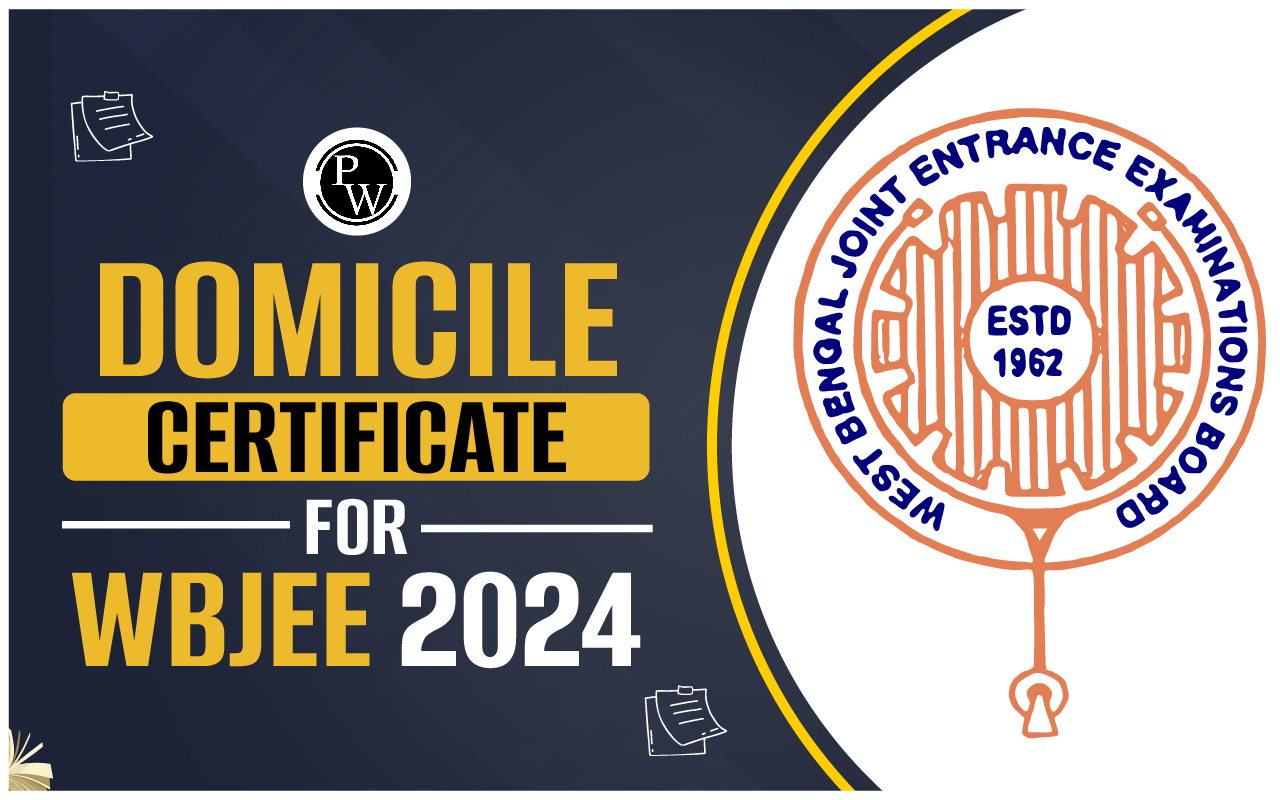

WBCHSE Class 12 Biology Syllabus 2025: The West Bengal Council of Higher Secondary Education (WBCHSE) has released the Class 12 Biological Science Syllabus for 2024-2025. The syllabus includes comprehensive details of the curriculum that students must cover in their final year. Biological Science, commonly referred to as biology, delves into the study of life and living organisms, including a broad range of topics such as structure, function, growth, evolution, and taxonomy.
This syllabus aims to equip students with an understanding of various life forms and biological processes. The subject is assessed over 100 marks, divided into theory and project work. This update provides students with the essential framework they need to excel in the academic year 2024-25.Check Detailed, WBCHSE Syllabus 2025, Download Subject-wise Syllabus
WBCHSE Class 12 Exam 2025 Overview
The Directorate of Government Education (WBCHSE) organises the West Bengal Class 12 exam for first- and second-year students each academic year. The West Bengal Board exam is the only way for students to move on to the next level. 11 lakh students are expected to sit for the West Bengal Board exams this year.| WBCHSE Class 12 Exam 2025 Overview | |
| Particulars | Details |
| Full Exam Name | West Bengal Higher Secondary School Certificate Examination |
| Short Exam Name | West Bengal HSC Board 2025 |
| Conducting Body | West Bengal State Board of Secondary and Higher Secondary Education, Pune |
| Frequency of Conduct | Once a year |
| Exam Level | Intermediate |
| Languages | English, Hindi, Marathi |
| Mode of Application | Offline |
| Mode of Exam | Offline |
| Exam Duration | 3 Hours |
West Bengal Class 12 Biology Syllabus 2025
| West Bengal Class 12 Biology Syllabus 2025 | ||||
|---|---|---|---|---|
| Unit No. | Topics | Sub-Topics | Contact Hours | Marks |
| Unit VI: Reproduction | ||||
| Chapter 1: Sexual Reproduction in Flowering Plants | Flower structure, Development of male and female gametophytes, Pollination, Pollen-pistil interaction, Double fertilization, Seed and fruit development, Apomixis, Parthenocarpy, Polyembryony | 15 | 33 | |
| Chapter 2: Human Reproduction | Male and female reproductive systems, Spermatogenesis and Oogenesis, Menstrual cycle, Fertilization, Embryo development, Pregnancy and lactation | 15 | ||
| Chapter 3: Reproductive Health | Birth control, Contraception methods, Medical termination of pregnancy, Amniocentesis, Infertility, Assisted reproductive technologies (IVF, ZIFT, GIFT) | 3 | ||
| Unit VII: Genetics and Evolution | ||||
| Chapter 4: Principles of Inheritance and Variation | Mendelian inheritance, Deviations from Mendelism (Incomplete dominance, Co-dominance), Polygenic inheritance, Sex determination, Linkage and crossing over, Pedigree analysis, Chromosomal disorders | 20 | 57 | |
| Chapter 5: Molecular Basis of Inheritance | DNA and RNA structure, DNA replication, Central dogma, Genetic code, Gene expression, Human genome project, DNA fingerprinting | 25 | ||
| Chapter 6: Evolution | Origin of life, Evidence of biological evolution, Darwin’s theory, Natural selection, Hardy-Weinberg principle, Human evolution | 12 | ||
| Unit VIII: Biology and Human Welfare | ||||
| Chapter 7: Human Health and Diseases | Immune system, Antigen-antibody reaction, Pathogens, Human diseases (Malaria, Typhoid, AIDS, COVID), Cancer, Drug and alcohol abuse | 13 | 20 | |
| Chapter 8: Improvement in Food Production | Plant breeding, Tissue culture, Single-cell protein | 2 | ||
| Chapter 9: Microbes in Human Welfare | Microbes in food processing, Industrial production, Sewage treatment, Energy generation, Bio-control agents, Biofertilizers | 5 | ||
| Unit IX: Biotechnology and Its Applications | ||||
| Chapter 10: Biotechnology and Its Applications | Genetic engineering, Application of biotechnology in health and agriculture, Human insulin and vaccine production, Stem cell therapy, GMOs, Biopiracy | 15 | 15 | |
| Unit X: Ecology and Environment | ||||
| Chapter 11: Organisms and Populations | Habitat and niche, Population interactions, Population growth, Birth and death rates, Age distribution | 10 | 23 | |
| Chapter 12: Ecosystem | Components of ecosystem, Energy flow, Ecological pyramids, Ecological succession | 5 | ||
| Chapter 13: Biodiversity and Conservation | Importance of biodiversity, Loss of biodiversity, Conservation efforts, National Parks and Wildlife Sanctuaries | 4 | ||
| Chapter 14: Environmental Issues | Solid waste management, Radioactive waste management, Environmental movements (Chipko, Silent Valley, Amrita Devi Bishnoi Movement) | 4 | ||
West Bengal Class 12 Biology Practical Syllabus
| West Bengal Class 12 Biology Practical Syllabus | |
|---|---|
| Evaluation Scheme | Marks |
| One major experiment | 6 |
| One minor experiment | 5 |
| Slide preparation | 3 |
| Spotting (Three) | 6 |
| Practical record + Viva voce | 5 |
| Investigatory project viva voce | 5 |
WBCHSE Class 12 Biology Syllabus 2025 PDF
The WBCHSE Class 12 Biology Syllabus 2025 PDF offers a convenient and accessible way for students to stay updated with the latest curriculum. By downloading the syllabus, students can easily refer to important topics, structure their study plan, and ensure they cover all essential areas before exams. Having the PDF readily available allows for offline access anytime, helping students stay organized and focused. To download the WBCHSE Class 12 Biology Syllabus PDF, simply click the link provided below.WBCHSE Class 12 Biology Syllabus 2025 PDF
How to Download WBCHSE Class 12 Biology Syllabus 2025?
Utilize the direct link provided to get the West Bengal Board Class 12 Biology Syllabus 2025 in PDF format. Learn more about the results of the second Board in West Bengal in 2025. The accompanying table gives the whole syllabus for each subject for the benefit of exam applicants. Candidates can download them from this page or access them through the previously mentioned link or the can follow the below steps: Step 1: Go to the WBCHSE Board Board's official website, pue.kar.nic.in. Step 2: On the homepage, under "Notification," select the "West Bengal Board Syllabus 2024-25" link. Step 3: A new window with the syllabus in PDF format opens. Step 4: Save the PDF file in Step 4 for later use.WBCHSE Class 12 Biology Syllabus 2025 Points to Remember
Students must be familiar with the exam format to adequately prepare for it. The length, number, and format of the test will all be explained to students in the West Bengal Board Class 12 Biology Syllabus 2025. The timetable for the West Bengal Class 12 2025 exams is as follows:- In addition to Sanskrit and Urdu, the Board exam will be administered in Kannada, Tamil, Malayalam, Marathi, Telugu, English, and these languages.
- Two of the six themes are related to languages, while the remaining four can be chosen by the students from the list below. Business Studies, Chemistry, Computer Science, Economics, Electronics, Hindi, Hindustani, Geography, Geology, and Biology.
- Just a few subjects include music, history, home science, Tamil, Urdu, logic, Marathi, Malayalam, opt-kannada, physics, political science, and home science.
WBCHSE Class 12 Biology Syllabus 2025 FAQs
Q1. What is the grade distribution for the Class 12 Biology curriculum in 2024-25?
Ans: According to the Biology Class 12 Syllabus 2024-25, the total score for the Biology exam will be 100 marks. The theory paper will carry 70 marks, while the practical examination will account for the remaining 30 marks.
Q2. How difficult is Biology in Class 12?
Ans: The difficulty of Class 12 Biology depends on individual perspectives and experiences. Generally, Class 12 Biology is considered more advanced and challenging compared to Class 11 due to the depth of the concepts covered.
Q3. Which chapter in the Class 12 Biology syllabus is considered the easiest?
Ans: Reproduction is often considered one of the easier chapters in the Class 12 Biology syllabus. Its concepts are engaging and provide students with a clear understanding of the topics.
Q4. Which chapter in Class 12 Biology is the most difficult?
Ans: Genetics is regarded as one of the more difficult chapters in Biology. It involves many complex technical terms, such as homozygous, genotype, and alleles, which can be challenging, especially for beginners.
Q5. How many attempts are allowed for the Class 12 Board exam?
Ans: Students are allowed to reappear for the CBSE Board exam up to three times. Additionally, students can complete their 12th grade through the National Institute of Open Schooling (NIOS) if they choose not to take the CBSE Boards.
🔥 Trending Blogs
Talk to a counsellorHave doubts? Our support team will be happy to assist you!

Check out these Related Articles
Free Learning Resources
PW Books
Notes (Class 10-12)
PW Study Materials
Notes (Class 6-9)
Ncert Solutions
Govt Exams
Class 6th to 12th Online Courses
Govt Job Exams Courses
UPSC Coaching
Defence Exam Coaching
Gate Exam Coaching
Other Exams
Know about Physics Wallah
Physics Wallah is an Indian edtech platform that provides accessible & comprehensive learning experiences to students from Class 6th to postgraduate level. We also provide extensive NCERT solutions, sample paper, NEET, JEE Mains, BITSAT previous year papers & more such resources to students. Physics Wallah also caters to over 3.5 million registered students and over 78 lakh+ Youtube subscribers with 4.8 rating on its app.
We Stand Out because
We provide students with intensive courses with India’s qualified & experienced faculties & mentors. PW strives to make the learning experience comprehensive and accessible for students of all sections of society. We believe in empowering every single student who couldn't dream of a good career in engineering and medical field earlier.
Our Key Focus Areas
Physics Wallah's main focus is to make the learning experience as economical as possible for all students. With our affordable courses like Lakshya, Udaan and Arjuna and many others, we have been able to provide a platform for lakhs of aspirants. From providing Chemistry, Maths, Physics formula to giving e-books of eminent authors like RD Sharma, RS Aggarwal and Lakhmir Singh, PW focuses on every single student's need for preparation.
What Makes Us Different
Physics Wallah strives to develop a comprehensive pedagogical structure for students, where they get a state-of-the-art learning experience with study material and resources. Apart from catering students preparing for JEE Mains and NEET, PW also provides study material for each state board like Uttar Pradesh, Bihar, and others
Copyright © 2025 Physicswallah Limited All rights reserved.










